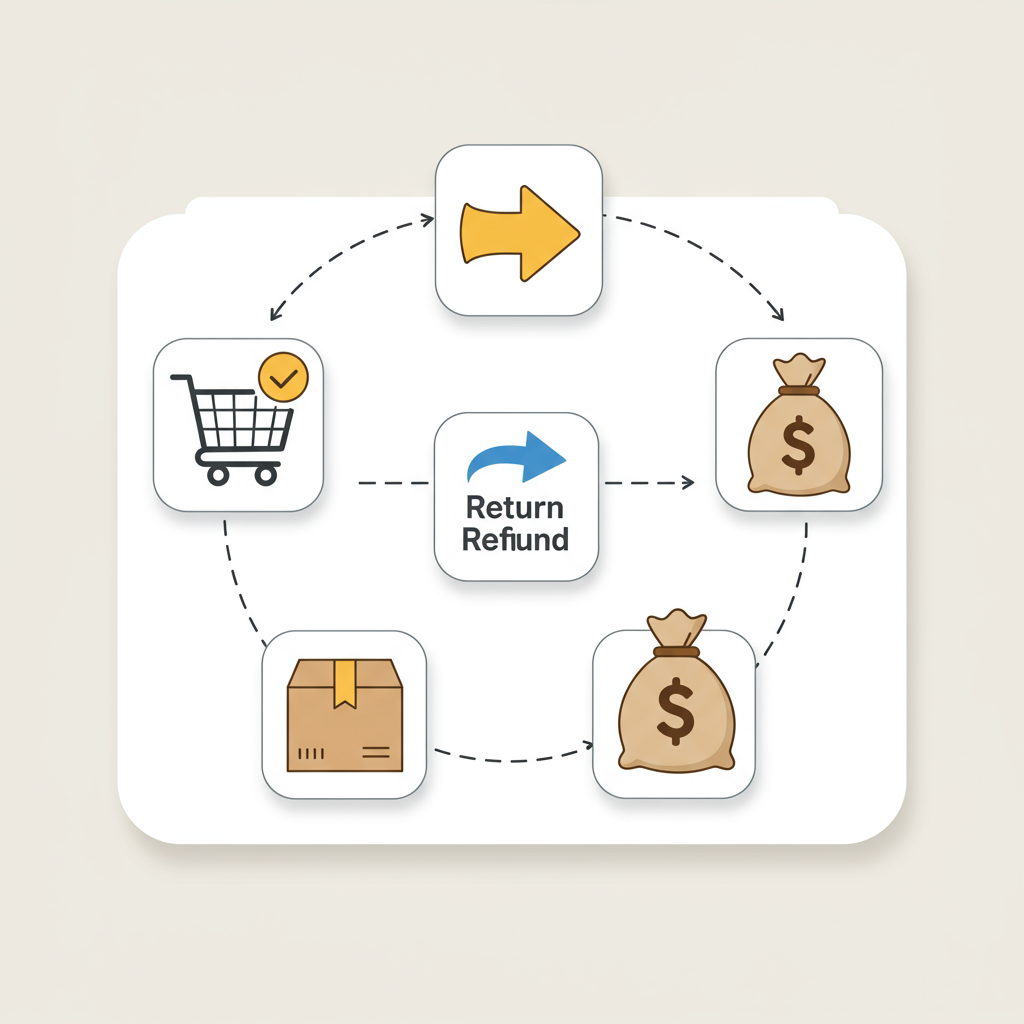Unlock the secrets to a seamless return process that builds customer trust and boosts your bottom line.
As a Shopify merchant, I know firsthand that managing returns and refunds can feel like navigating a complex maze.
It’s a critical aspect of running an online store, yet often overlooked until a customer initiates a return.
But here’s the truth: a well-defined and transparent return and refund policy isn’t just a legal necessity; it’s a powerful tool for building customer trust and loyalty.
In this comprehensive guide, I want to walk you through everything you need to know about setting up and managing your return and refund policies on Shopify.
My goal is to demystify the process, helping you create a policy that protects your business while delighting your customers.
First, let’s understand why having a robust policy is so important. It reduces customer service inquiries, sets clear expectations, and can even boost sales by instilling confidence in potential buyers.
Customers are more likely to purchase from a store that clearly outlines its return process, knowing they have recourse if something isn’t right.
Shopify provides some excellent built-in features to help you manage returns and refunds directly from your admin panel.
However, it’s crucial to remember that Shopify doesn’t *create* your policy for you; it merely provides the tools to *implement* it.
Your policy needs to be a clear, concise document that addresses several key elements.
What’s the timeframe for returns? Is it 14 days, 30 days, or more? Be specific and consistent.
What condition must the item be in? Must it be unworn, unused, with original tags and packaging?
What’s the return process? Do customers need to contact you first? Do they get a return label? Where do they send the item?
What about refunds? Will it be a full refund, store credit, or exchange? How long will it take to process?
Are there any exceptions? Final sale items, personalized products, or perishable goods often fall into this category.
Now, let’s talk about where to put this policy on your Shopify store. I recommend creating a dedicated “Return Policy” page.
You can do this by navigating to “Online Store” > “Pages” in your Shopify admin and adding a new page.
Once created, link this page prominently in your store’s footer menu, and perhaps even in your product descriptions or checkout process.
Shopify also allows you to set up basic refund policies under “Settings” > “Legal”. While this is a good starting point, I always advise creating a more detailed custom page.
When a customer initiates a return, you’ll manage it directly within your Shopify admin under “Orders.”
You can select the order, click “Refund,” and choose to issue a full or partial refund.
Shopify will automatically adjust your inventory if you choose to restock the returned items.
For physical returns, consider using Shopify’s integrated shipping label features or a third-party app to generate return labels for your customers. This streamlines the process significantly.
Communication is key throughout the return process. Keep your customer informed at every step, from receiving their return request to processing their refund.
Remember, consumer protection laws vary by region. Ensure your policy complies with local regulations, such as the Consumer Rights Act in the UK or similar laws in the EU or US.
For instance, in many places, customers have a “cooling-off” period during which they can return items without a specific reason.
I’ve found that being fair and flexible, especially for first-time returns, can turn a potentially negative experience into a positive one, fostering long-term customer loyalty.
What do you think about this article? I’d love to hear your thoughts on how you manage returns in your Shopify store.
Consider using apps from the Shopify App Store, like Returnly or Loop Returns, if you have a high volume of returns. These can automate much of the process.
In conclusion, a well-crafted, transparent, and easily accessible return and refund policy is an indispensable asset for any Shopify merchant.
It protects your business, builds customer trust, and ultimately contributes to a smoother, more successful e-commerce operation.






